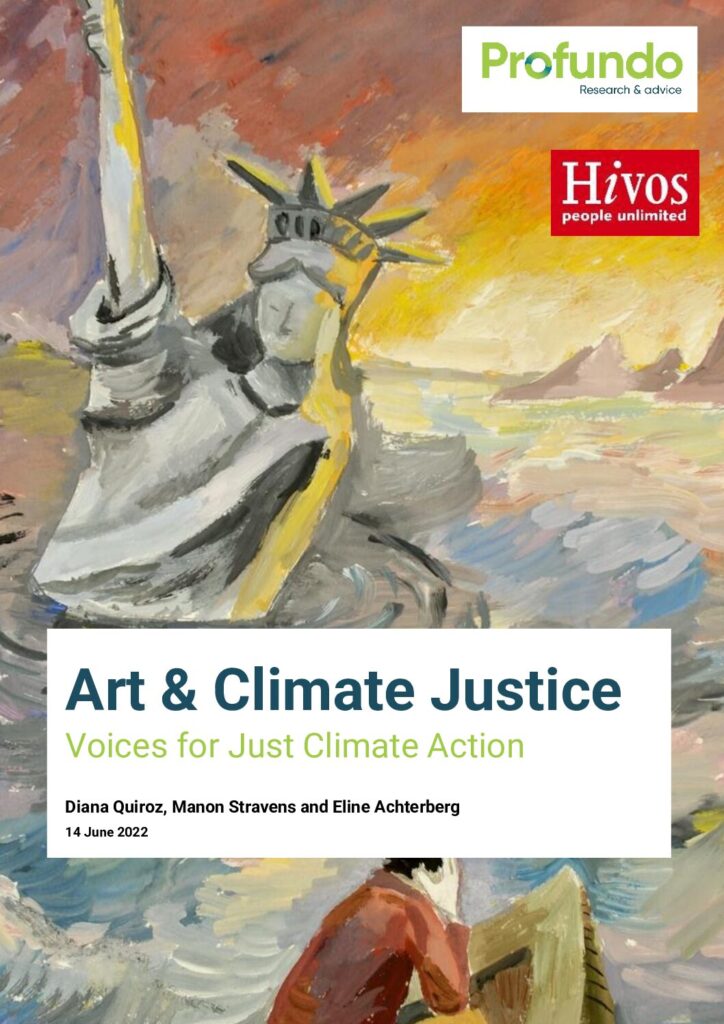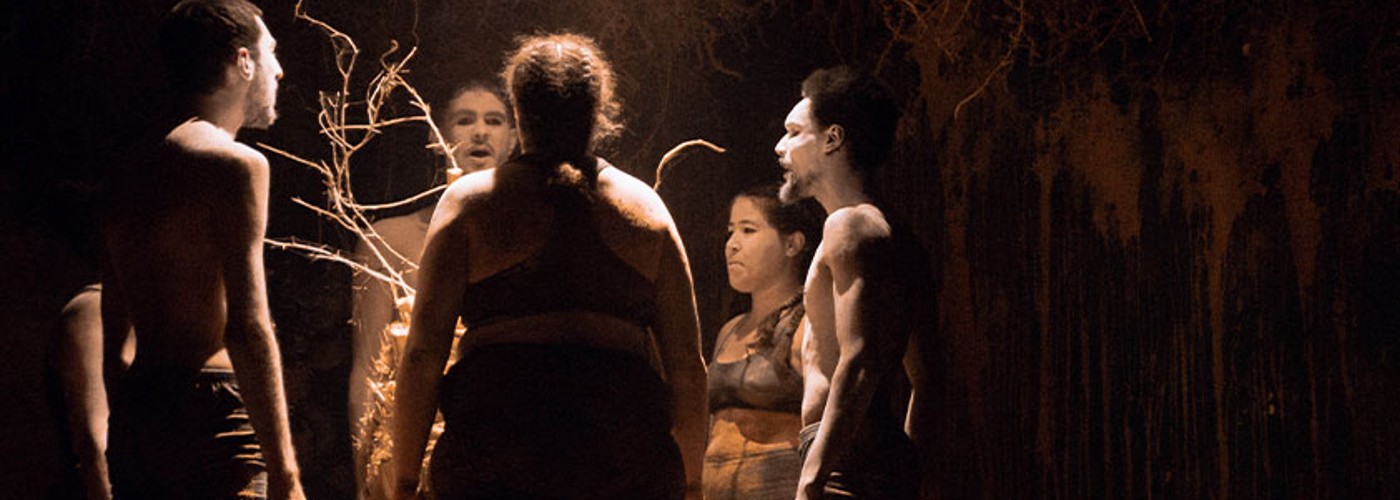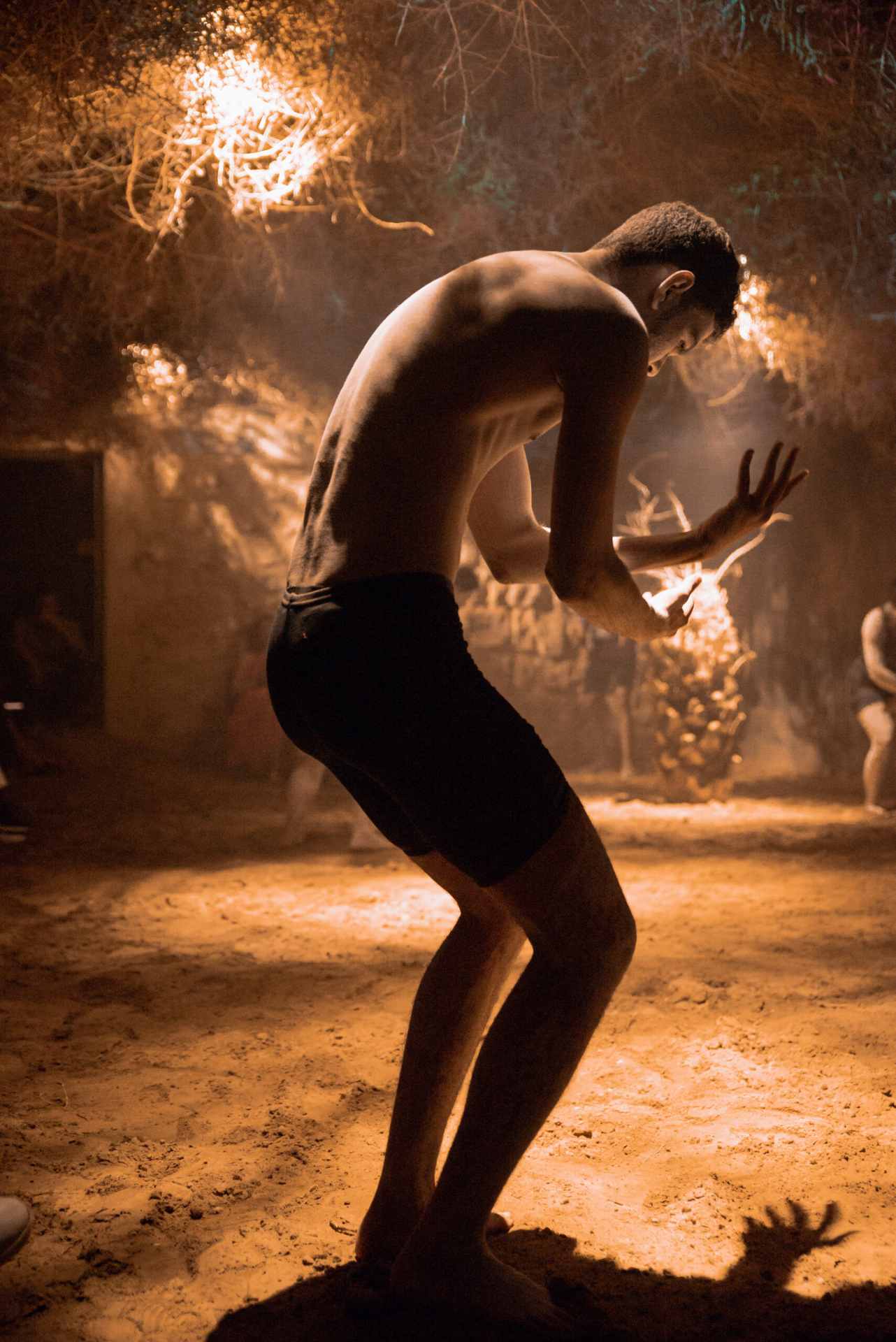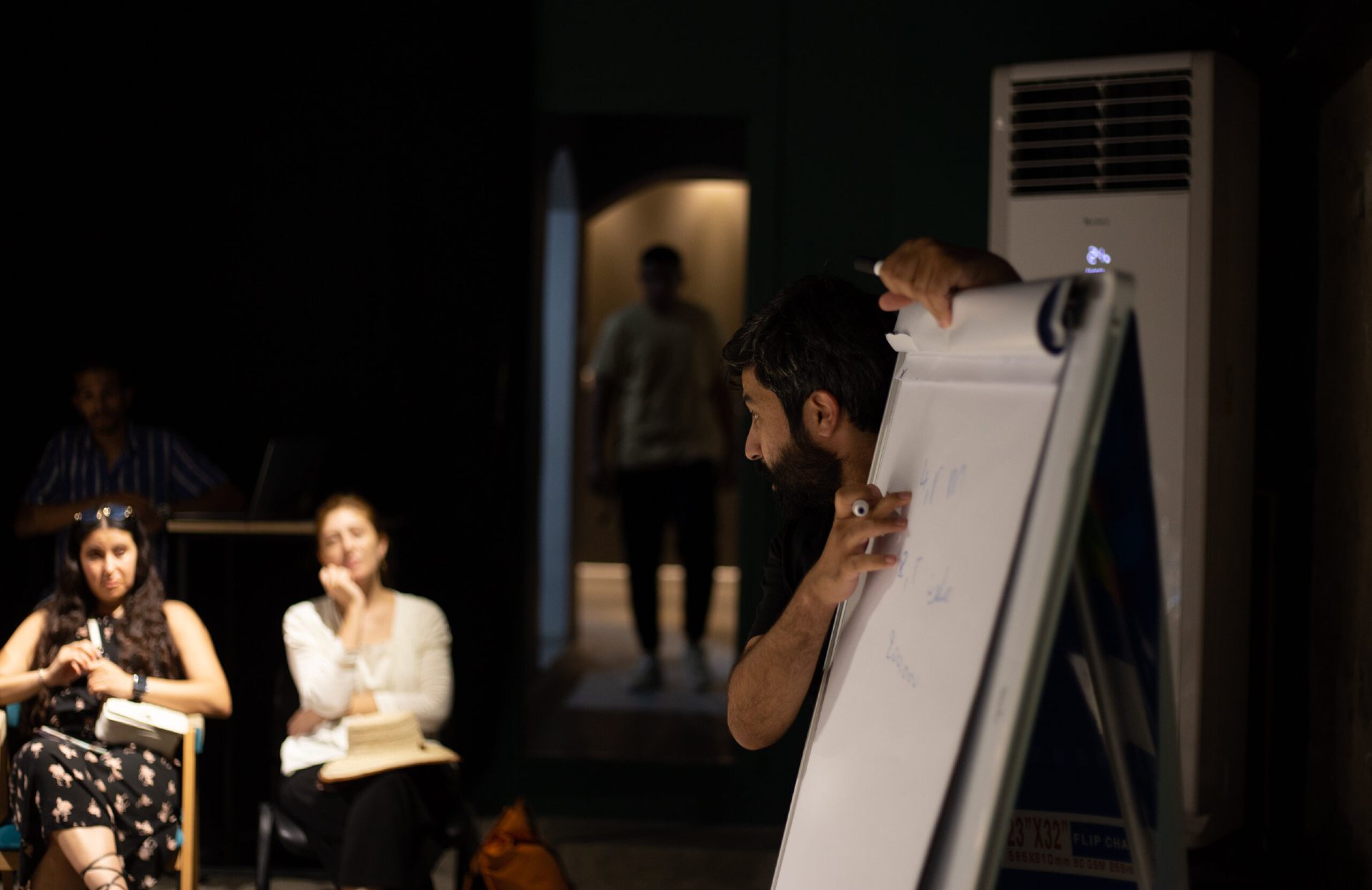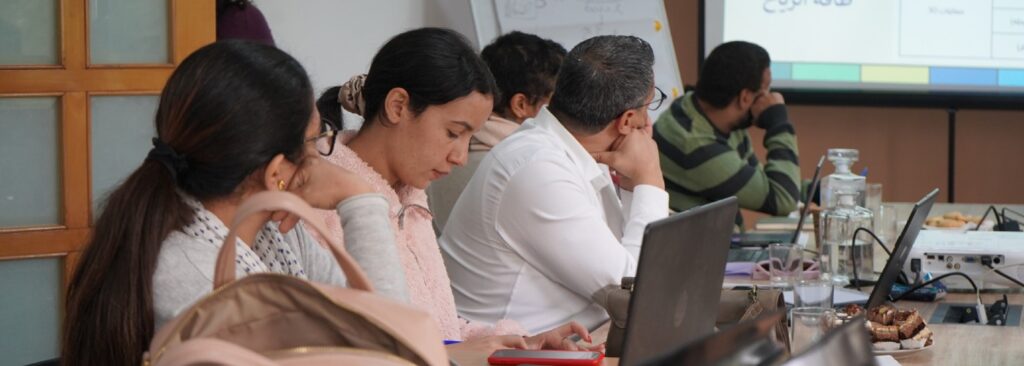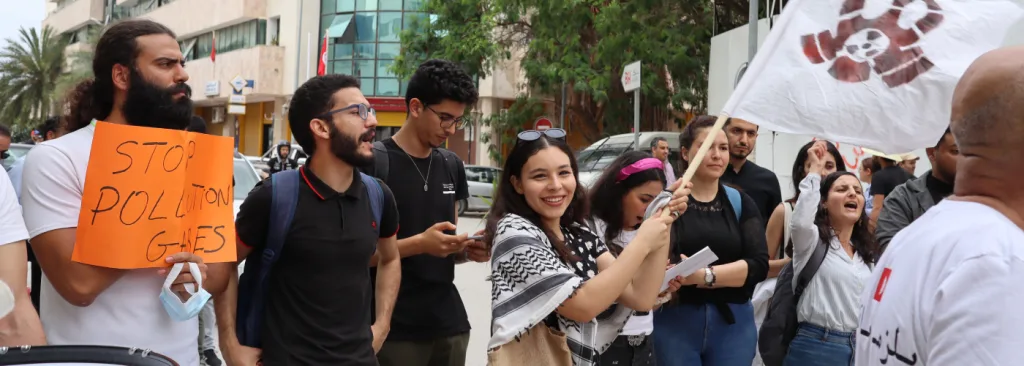In the far South of Tunisia – where environmental degradation meets systemic neglect – a powerful form of resistance is taking shape. Through dance, photography, performance art, and other disciplines, Danseurs Citoyens Sud (DCS) shows art can also be an excellent tool of transformation, learning, and advocacy for climate justice. Voices for Just Climate Action (VCA) program manager in Tunisia, Essia Guezzi, examines the impact of DCS’ artivism.
In 2022 Hivos’ VCA program published the study Art & Climate Justice about the power of art to communicate complex issues such as climate change. Sometime later, DCS – already engaged in artistic approaches with impressive skills and a strong community presence – became one of our local partners. Hivos contributed a climate justice lens, knowledge, and narratives to their approaches. A few years in, we can now see how DCS’ activities line up with the study.
The study focused on using art to raise awareness, facilitate dialogue, and achieve personal and social transformation with respect to climate justice. DCS has done all three.
DCS’ Art for Climate Justice Bootcamp, held in Gabès in September 2023, functioned as a learning hub where dozens of youths were introduced to climate justice through performing and visual arts. Participants explored environmental narratives through light installations, performance, and photography, which led to deeper conversations about ecology.
The bootcamp also facilitated dialogue. It served as a participatory platform for youth, local artisans, and climate activists to co-create and experiment, learn from one another, and build a common climate justice vocabulary rooted in their local context.
DCS supports artistic residencies, such as the one hosted at NO NAME A.S.L in Gabès. The residencies show that – through art – lived experiences, ancestral knowledge, and ecological grief can be processed and transformed into powerful visual and performative storytelling. The winning residents, Nour Boudouga and Mohamed Ali Saadouli, embodied the study’s assertion that art “can be emotionally and politically evocative, aesthetically powerful, and moving” when rooted in place and purpose.
Main outcomes of the Art & Climate Justice Study
Empowerment and Capacity Building: Artivism initiatives in Tunisia—through various formats like murals, documentaries, dance, and festivals—enabled youth, women, and marginalized communities to express their views on climate justice. Many participants acquired new creative and advocacy skills.
Shifting Narratives: The study shows how artistic interventions helped shift dominant narratives about climate issues from purely technical or top-down perspectives to community-centered, justice-oriented stories.
Community Engagement and Awareness: Artistic expressions facilitated community discussions and raised awareness about local environmental and social challenges. These forms of engagement created space for intergenerational and cross-sector dialogue.
Policy Influence: While modest, some projects contributed to local advocacy, putting pressure on municipalities and local actors to address water issues, land degradation, or women’s environmental rights.
Recognition of Art as a Tool for Justice: The research highlights that art is not merely an aesthetic addition but a legitimate and effective form of climate justice advocacy.
Making without taking
Another unique element in DCS’ approach is their emphasis on upcycling and sustainability in both message and method. Whether through weaving discarded textiles into sculptures, creating installations from reclaimed plastic, or using light and shadow to represent extractive violence, DCS challenges the conventional separation between art and environment. Mohamed Amine Hammouda, for example, is a researcher and university teacher who experiments with materials, colors, and methods to produce artworks from organic oasis waste.
This also reflects the study’s call to decolonize art by breaking away from resource-intensive practices and Western aesthetic norms, favoring instead a circular, low-impact, and community-driven model. DCS exemplifies this through their spontaneous and authentic engagement with local knowledge and practices.
Art as collective memory and imagination
DCS’s exhibitions and public performances – such as the Cluster of Matter by Bochra Taboubi – have created spaces for discussion, learning, and community engagement that are far more accessible than a policy roundtable or technical report.
In doing so, DCS is not only transmitting information but helping create collective memory and vision, aligning with the study’s emphasis on the power of art to mobilize action and nurture healing in communities affected by environmental injustice.
Artivism as a pathway towards climate justice
The VCA partnership with DCS (financial support and technical collaboration) has allowed DCS to strengthen its organizational capacities, deepen its understanding of climate justice, and translate this knowledge into accessible and influential artistic experiences for the public.
Local artivist organizations, when empowered with the right support, can mobilize culture as a force for ecological and social transformation. In the case of DCS, we see the real-life application of assumptions and strategies highlighted in the Art & Climate Justice study. Their story is not just about art – it’s about taking action and reclaiming the narrative of what climate justice looks like in the Global South.
